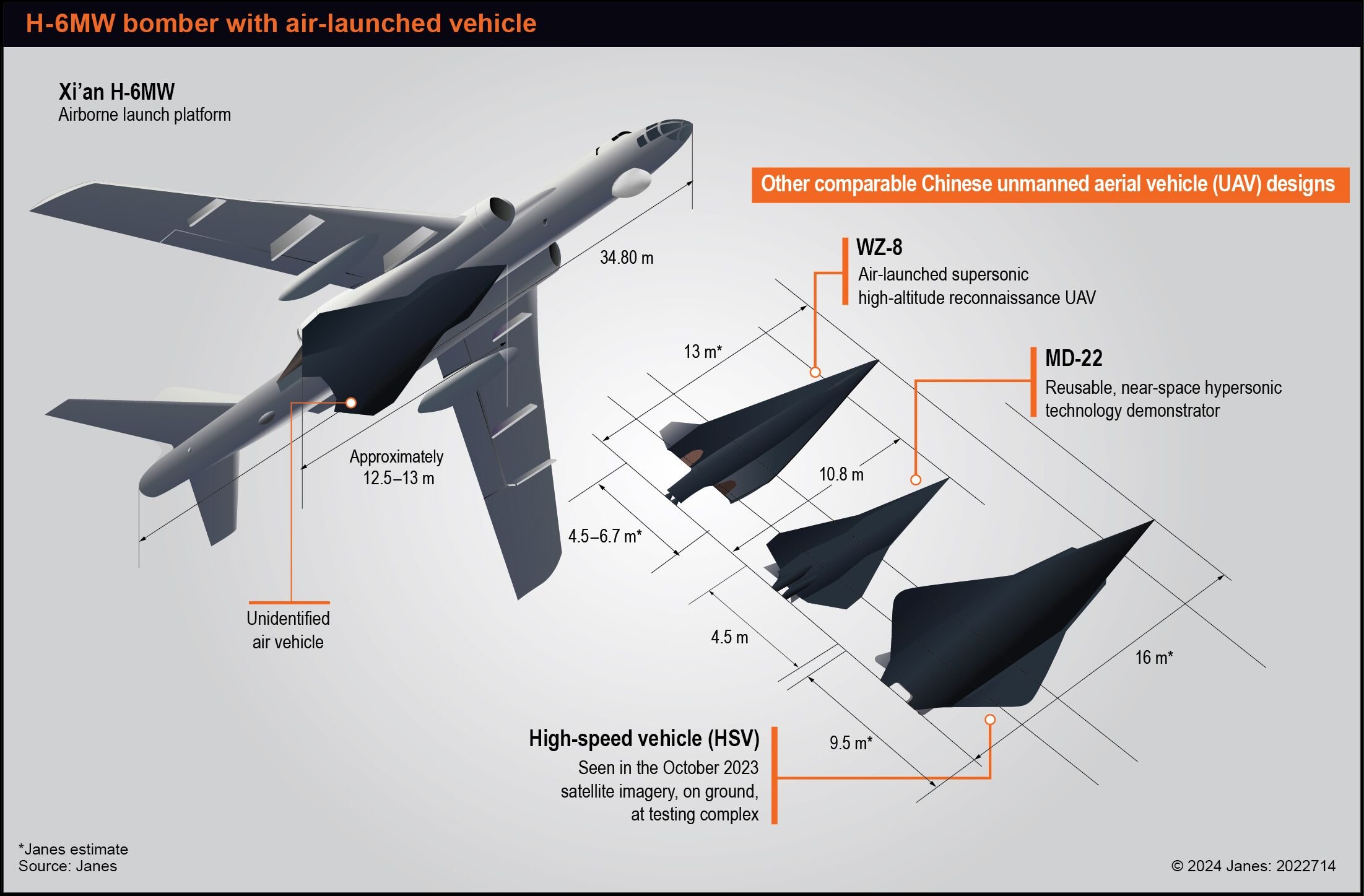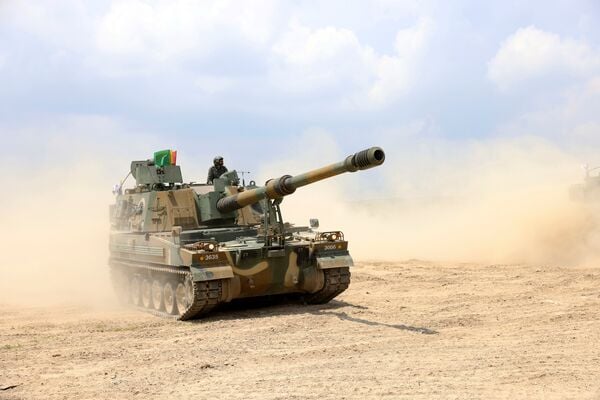- About
- Intara
- Capabilities
- Advisory
- Resources
- News
- Store
Series of ‘causal factors' resulted in fire risk and damage to amphibious assault ship Bonhomme Richard, US Navy report finds
22 October 2021
by Michael Fabey


A series of “causal factors” led to the fire risk and damage of the amphibious assault ship USS Bonhomme Richard (LHD 6), a US Navy investigation found. (US Navy)
Different categories of “causal factors … allowed for the accumulation of significant risk and led to an ineffective fire response” for the 12 July 2020 blaze that caused the damage and eventual decommissioning of the amphibious assault ship USS Bonhomme Richard (LHD 6), according to the US Pacific Fleet Command Investigation released on 20 October.
The investigation identified the four categories of causal factors: the material condition of the ship, the training and readiness of the ship's crew, the integration – or the lack of it – between the ship and supporting shore-based firefighting organisations, and the oversight by commanders across multiple organisations.
The command investigation concluded that “a lack of familiarity with requirements and procedural non-compliance at multiple levels of command” contributed to the loss of ship.
New aerial vehicle seen on Chinese H-6 bomber
24 April 2024
by Akhil Kadidal


This conceptualised graphic of a new air-launched vehicle recently carried by a Xi'an H-6MW bomber is based on a low-quality photograph. The new air vehicle is possibly based on the design and development of other Chinese air vehicles such as the WZ-8 and MD-22, and a new HSV. (Janes)
A Chinese Xi'an Aircraft Company (XAC) H-6MW bomber has been photographed in flight while carrying a new type of air-launched vehicle.
The H-6MW is a specialised, cruise missile-carrying variant of the People's Liberation Army Air Force's (PLAAF's) strategic bomber. Janes has previously assessed that the aircraft is the airborne launch platform for the Aviation Industry Corporation of China (AVIC) WZ-8 supersonic, high-altitude reconnaissance unmanned aerial vehicle (UAV).
However, the new aerial vehicle seen carried by the bomber differs in design from the WZ-8, suggesting it could be part of a new programme to develop a supersonic or hypersonic air vehicle. A photograph of the H-6MW carrying the new aerial vehicle first appeared on Chinese social media from the third week of April. The programme is likely inspired by the WZ-8 programme.
Vietnam outlines intent to procure K9 howitzer
24 April 2024
by Kapil Kajal


The K9 SPH has a combat weight of 46.3 tonnes, a top road speed of 67 km/h, and an operational range of 360 km. (Hanwha Defense)
Vietnam's Ministry of Defence (MoD) has indicated that it is planning to procure the K9 self-propelled howitzer (SPH) – developed and produced by South Korea's Hanwha Aerospace – for the People's Army of Vietnam.
Vietnamese Vice-Minister of National Defence Hoang Xuan Chien expressed an intention to procure the K9 at the ‘11th Korea-Vietnam Defense Strategy Dialogue' held in Hanoi on 23 April, according to a press release issued by the South Korea's Ministry of National Defense (MND) one day later.
“Chien evaluated Korea's weapons systems and expressed his intention to expand defence industry co-operation, including the introduction of Korean weapon systems such as the K9 SPH [into the People's Army of Vietnam] and requested co-operation from the Korean government for this purpose,” the MND said.
In addition, the two sides agreed to strengthen co-operation in areas such as maritime security, cyber security, and logistics, the MND added.
Lockheed Martin secures contract to deliver JABMS to Australia
24 April 2024
by Oishee Majumdar


Lockheed Martin has secured a AUD500 million contract to provide a Joint Air Battle Management System to the Australian Defence Force. (Lockheed Martin Australia)
Lockheed Martin has secured a contract worth AUD500 million (USD323 million) from the Australian Department of Defence (DoD) to build a Joint Air Battle Management System (JABMS) for the Australian Defence Force (ADF).
The JABMS will be built under the second tranche of the DoD's Project Air 6500 Phase 1, Lockheed Martin announced on 24 April.
According to the DoD, Project Air 6500 Phase 1 will deliver the core architecture for the ADF's future Integrated Air and Missile Defence (IAMD) capability through the delivery of a command-and-control (C2) system that will enable forces to co-ordinate and synchronise air and missile defence capabilities.
Lockheed Martin said the JABMS will use “next-generation” technologies to combat high-speed threats. The company added that it has recently developed an Operator Evaluation System for the JABMS.
Different categories of “causal factors … allowed for the accumulation of significant risk and led t...
Latest Podcasts
Iran Israel analysis
In this podcast Janes analysts discuss the Iranian attacks on Israel on the 14 April. They highlight the military systems used by Iran and the performance and impact of these on Israel. They also discuss the implications of this attack goi...
Listen nowJanes Case Studies
Using Janes Intara to build a common intelligence picture: Russian build up on the Ukrainian border
View Case StudyNews Categories
 Defence Details
Defence Details